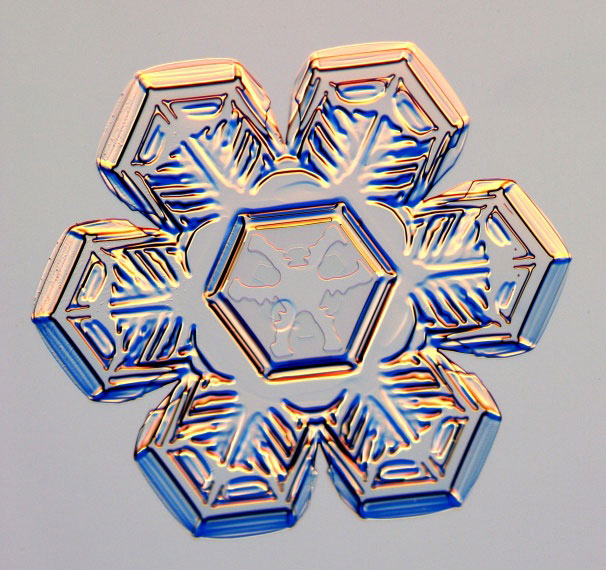Is It True That No Two Snowflakes Are Identical?

Although some scientists have found fault with the saying, most researchers agree that no two snowflakes are alike.
Here's how it works: A snowflake starts out as a simple hexagonal prism. As each flake falls, it bumps into a unique range of shape-changing conditions.
[Got a question? Send us an email and we'll look for an expert who can crack it.]
In the 1970s, researchers at the Science University of Tokyo discovered that humidity, temperature, and air pressure determine the shape of a snowflake.
“Although no two crystals end up exactly alike, the six arms of a single crystal all travel together, so they all grow in synchrony, giving each falling crystal a unique and intricate structure with a recognizable symmetry,” said Kenneth Libbrecht, a physicist at the California Institute of Technology.
Follow Life's Little Mysteries on Twitter @llmysteries. We're also on Facebook & Google+.
Get the world’s most fascinating discoveries delivered straight to your inbox.



